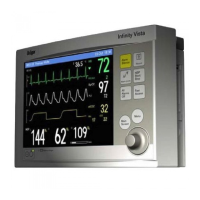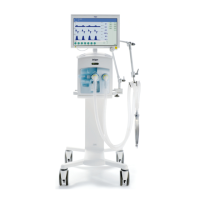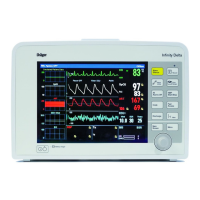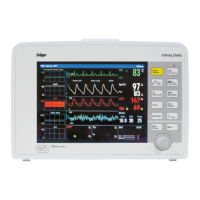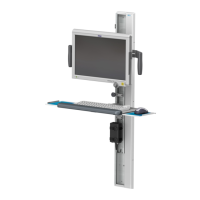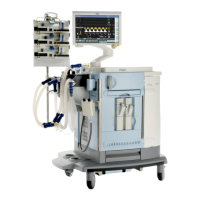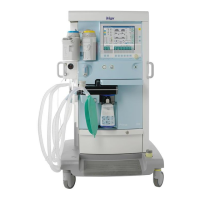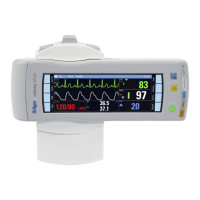What to do if Dräger Medical Equipment IBP Cannot Zero or IBP Zero Time-out?
- WWalter DillonJul 30, 2025
If the Dräger Medical Equipment displays 'IBP Cannot Zero' or 'IBP Zero Time-out', it could be due to several reasons: the transducer offset being outside the zero balance range of +/- 190 mmHg, a noisy signal, a non-static waveform (more than 3 mmHg variation in 3 seconds), or the monitor's inability to zero the transducer within 10 seconds. To resolve this, verify the pressure cable connection to the monitor, ensure all tubing is motionless, check the stopcock to confirm it's completely open to air, repeat the zeroing procedure, and replace the transducer if it's faulty.
